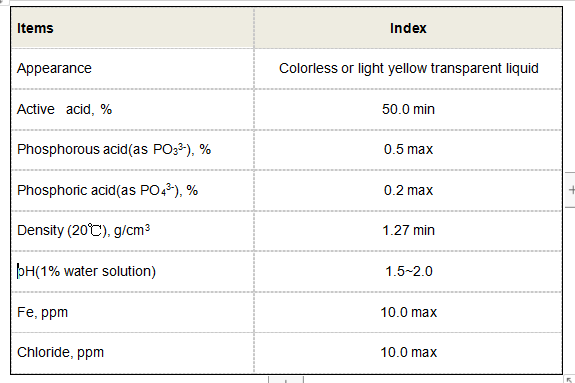polyhydric alcohol phosphate ester
Polyhydric Alcohol Phosphate Esters Versatile Compounds in Modern Chemistry
Polyhydric alcohol phosphate esters are important compounds in the field of chemistry, exhibiting a wide range of applications in various industries. These compounds are characterized by a phosphate group esterified to a polyhydric alcohol, which typically contains multiple hydroxyl (–OH) groups. The unique properties of these phosphate esters make them valuable in fields such as biochemistry, materials science, and pharmaceuticals.
Structure and Properties
Polyhydric alcohols, such as glycerol, mannitol, and sorbitol, serve as the backbone for the formation of phosphate esters. The presence of multiple hydroxyl groups allows for the successful attachment of phosphate groups through esterification, thus leading to the formation of polyhydric alcohol phosphate esters. Such modifications not only enhance their solubility in water but also contribute to their stability and reactivity under various conditions.
The structural diversity of polyhydric alcohol phosphate esters can lead to significant variations in their physical and chemical properties. These variations can affect their functionality, making them suitable for a variety of applications, including emulsifiers, surfactants, and plasticizers. The development of these compounds has attracted significant interest due to their potential to outperform traditional materials in terms of performance and environmental impact.
Applications in Biochemistry
In biochemistry, polyhydric alcohol phosphate esters play essential roles as intermediates and building blocks in the synthesis of biologically active molecules. They are utilized in the formulation of phospholipids, which are crucial components of cellular membranes. Phospholipids formed from these esters have hydrophilic heads due to the phosphate group and hydrophobic tails attributable to the fatty acid chains, allowing them to form bilayers that are fundamental to cellular structure and function.
polyhydric alcohol phosphate ester

Moreover, polyhydric alcohol phosphate esters are important in metabolic pathways. Glycerol phosphate, for instance, is a key intermediate in the synthesis of triglycerides and phospholipids. Additionally, these compounds act as signaling molecules within cells, thereby playing a role in regulating various biological processes.
Industrial Applications
Beyond the realm of biochemistry, polyhydric alcohol phosphate esters have established themselves as vital agents in several industrial applications. In the food industry, they are often used as emulsifiers, enabling the mixing of oil and water-based ingredients, which is crucial for the stability and texture of many products. Their ability to form stable emulsions helps improve the quality and shelf life of food products.
In the pharmaceutical industry, these compounds are used to enhance the solubility and bioavailability of drugs. The modification of drug molecules with polyhydric alcohol phosphate esters can lead to improved therapeutic efficacy. Moreover, these esters can also aid in drug delivery systems, enhancing the performance of medications through more effective targeting and controlled release.
In materials science, polyhydric alcohol phosphate esters are explored as plasticizers that improve the flexibility and durability of polymers. Their incorporation into polymer matrices can enhance the mechanical properties while reducing brittleness, making them suitable for a variety of applications, from flexible packaging materials to automotive components.
Conclusion
Polyhydric alcohol phosphate esters represent a significant class of compounds with diverse applications across multiple industries. Their unique structural characteristics endow them with versatility and functionality, making them valuable in biochemistry, food technology, pharmaceuticals, and materials science. As research continues to explore their potential, these compounds are likely to play a critical role in the development of innovative solutions that address both performance needs and environmental considerations. The future of polyhydric alcohol phosphate esters seems promising, as advancements in synthetic techniques and applications continue to emerge, paving the way for transformative technologies.
-
Understanding Polycarboxylic Acids: Properties, Applications, and Future PotentialNewsJul.28,2025
-
Scale Inhibitor Explained: How to Protect Your System from Limescale and Hard Water DamageNewsJul.28,2025
-
Scale and Corrosion Inhibitors: Essential Chemicals for Industrial Water System ProtectionNewsJul.28,2025
-
Polyaspartic Acid: A Biodegradable Polymer for Sustainable ChemistryNewsJul.28,2025
-
Isothiazolinones: A Versatile Antimicrobial Class with Industrial Power and Regulatory ChallengesNewsJul.28,2025
-
A Deep Dive into 2-Phosphonobutane-1,2,4-Tricarboxylic Acid (PBTC)NewsJul.28,2025





